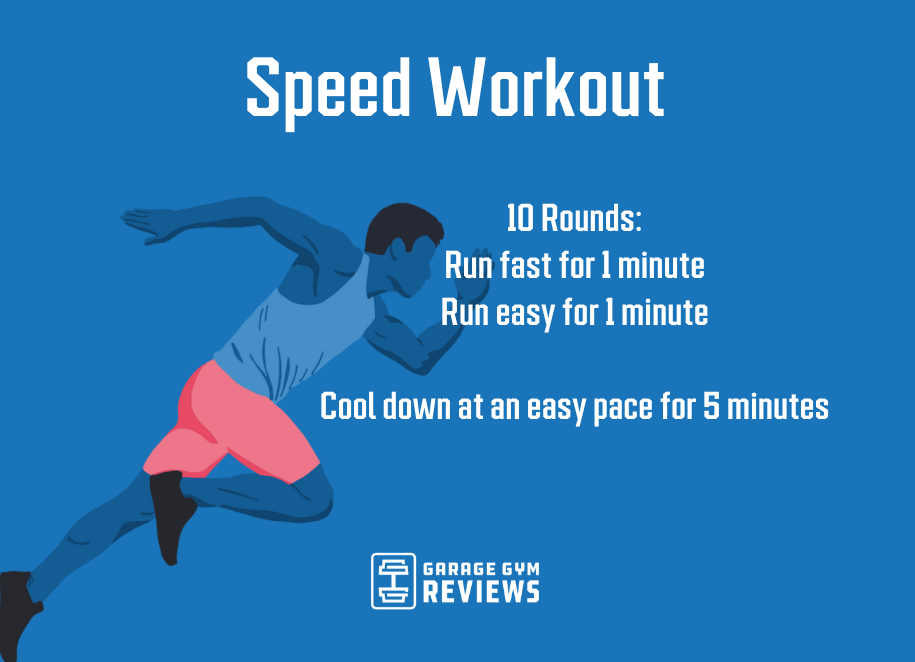Control Your Runs: Proven Strategies for Efficient Running Workout
Wiki Article
Taking Care Of Usual Running Pains: Reasons, Solutions, and Avoidance
As joggers, we frequently run into various discomforts that can hinder our performance and enjoyment of this physical activity. By exploring the root reasons for these running discomforts, we can reveal targeted solutions and precautionary procedures to guarantee a smoother and a lot more satisfying running experience.Typical Running Discomfort: Shin Splints
Shin splints, a typical running discomfort, frequently arise from overuse or incorrect shoes during physical activity. This condition, medically recognized as medial tibial tension syndrome, manifests as pain along the internal edge of the shinbone (tibia) and is prevalent among professional athletes and joggers. The repeated stress on the shinbone and the cells connecting the muscular tissues to the bone causes inflammation and pain. Joggers who rapidly increase the strength or period of their exercises, or those who have flat feet or improper running methods, are particularly susceptible to shin splints.To avoid shin splints, people ought to progressively raise the strength of their workouts, wear proper footwear with correct arch support, and keep versatility and stamina in the muscles bordering the shin. If shin splints do happen, initial therapy entails rest, ice, compression, and elevation (RICE) Additionally, integrating low-impact tasks like swimming or cycling can assist preserve cardiovascular physical fitness while enabling the shins to heal. Relentless or severe situations might call for medical evaluation and physical therapy for reliable monitoring.
Typical Running Discomfort: IT Band Disorder
Along with shin splints, another common running pain that athletes typically come across is IT Band Syndrome, a condition triggered by inflammation of the iliotibial band that leaves the external thigh and knee. IT Band Disorder normally materializes as pain on the exterior of the knee, specifically throughout tasks like running or cycling. The iliotibial band is a thick band of fascia that connects the aware of the shin, and when it becomes irritated or limited, it can rub against the upper leg bone, leading to discomfort and discomfort.Joggers experiencing IT Band Disorder might notice a painful or hurting feeling on the external knee, which can intensify with continued activity. Aspects such as overuse, muscle mass discrepancies, improper running form, or inadequate workout can contribute to the advancement of this condition. To avoid and ease IT Band Disorder, runners must concentrate on extending and strengthening exercises for the hips and upper legs, correct shoes, progressive training development, and attending to any type of biomechanical concerns that might be aggravating the problem. Disregarding the symptoms of IT Band Disorder check over here can cause chronic issues and long term healing times, highlighting the significance of very early intervention and proper management approaches.
Usual Running Pain: Plantar Fasciitis

Plantar Fasciitis can be credited to numerous variables such as overtraining, improper shoes, running on hard surface areas, or having high arches or level feet. To stop and relieve Plantar Fasciitis, runners can include stretching exercises for the calf bones and plantar fascia, put on supportive footwear, keep a healthy weight to decrease stress on the feet, and progressively increase running strength to stay clear of unexpected stress and anxiety on the plantar fascia. If symptoms continue, it is recommended to consult a health care professional for correct medical diagnosis and treatment choices to address the problem efficiently.
Common Running Pain: Runner's Knee
After dealing with the challenges of Plantar Fasciitis, another widespread issue that joggers usually deal with is Runner's Knee, a typical running discomfort that can impede athletic performance and trigger pain during physical task. Runner's Knee, additionally understood as patellofemoral pain syndrome, materializes as pain around or behind the kneecap. Joggers experiencing this pain might feel a boring, hurting pain while running, going up or down stairways, or after prolonged periods of sitting.Typical Running Discomfort: Achilles Tendonitis
Frequently afflicting joggers, Achilles Tendonitis is an excruciating condition that impacts the Achilles ligament, creating discomfort and possible restrictions in physical task. The Achilles ligament is a thick band of cells that attaches the calf muscle mass to the heel bone, important for activities like running, leaping, and walking - my company. Achilles Tendonitis typically establishes because of overuse, inappropriate shoes, insufficient extending, or sudden increases in exerciseSymptoms of Achilles Tendonitis consist of pain and stiffness along the tendon, specifically in the morning or after durations of inactivity, swelling that aggravates with activity, and potentially bone spurs in chronic situations. To stop Achilles Tendonitis, it is necessary to extend appropriately before and after running, use proper shoes with correct assistance, progressively enhance the strength of exercise, and cross-train to minimize repeated stress and anxiety on the ligament.
Final Thought
:max_bytes(150000):strip_icc()/effective-30-minute-running-workouts-2911891-0927-70272e09ac83449cadb9f1ce51656c0c.jpg)
Report this wiki page